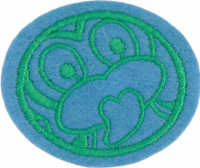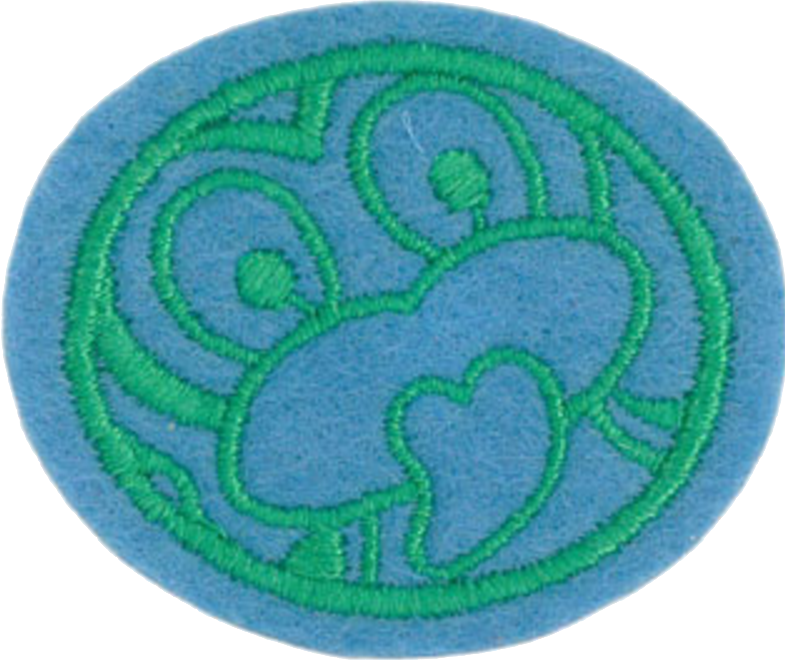Difference between revisions of "AY Honors/Māori Lore/Requirements 2/en"
From Pathfinder Wiki
< AY Honors | Māori LoreAY Honors/Māori Lore/Requirements 2/en
m (FuzzyBot moved page AY Honors/Maori Lore/Requirements/en to AY Honors/Māori Lore/Requirements 2 without leaving a redirect: Part of translatable page "AY Honors/Maori Lore/Requirements") |
(Updating to match new version of source page) |
||
| Line 170: | Line 170: | ||
<section end=challenge /> | <section end=challenge /> | ||
<section end=Body /> | <section end=Body /> | ||
| − | |||
| − | |||
| − | |||
| − | |||
Latest revision as of 02:57, 22 July 2022
1. Define the following commonly used terms:
- a. Marae
- b. Powhiri
- c. Karakia
- d. Mate
- e. Waiata
- f. Korero
- g. Haka
- h. Kuia
- i. Tane
- j. Wero
- k. Mana
- l. Manuhiri
- m. Hongi
- n. Hui
- o. Poroporoaki
- p. Whanau
- q. Tangi
- r. Aroha
- s. Whakairo
- t. Koro
- u. Kaumatua
- v. Wahine
- w. Mihi
- x. Whaikorero
- y. Tangata whenua
- z. Taonga
2. Do the following:
- a. Draw or trace a map of the world and show with arrows the directions of Polynesian settlement.
- b. Where do Māoris consider themselves to have come to New Zealand from?
- c. Explain what the Great Migration Myth is. Who was the originator of the myth? What were the canoes that arrived in this migration and where did they come from?
- d. Draw or trace a map of New Zealand showing all the major tribal areas and the name of the canoe for each one.
- e. Why was Rangitoto named “Rangitoto”?
3. Visit with a group or research a marae that has been called to a hui. Write a report on the events that take place from the time you arrive at the marae to the time you leave. State the name of the marae, its locality and the tribe to which it is affiliated.
4. Briefly relate the customs observed at each of the following events:
- a. Mate
- b. Meal times
- c. Speeches
- d. Sleeping
5. Explain the following:
- a. What are the two Māori religions currently in use today, and what are some of their characteristics?
- b. Briefly describe the Māori story of creation.
- c. Briefly outline the story of Seventh-day Adventism among the Māori people.
- d. What is the Māori attitude to religion in general?
6. Make a sample tukutuku panel (approx 30 cm x 30 cm) OR a tipare OR a small flax mat/basket.
7. Know how to correctly:
- a. Greet people in Māori
- b. Hongi
8. Demonstrate the following:
- a. What are five different pastimes enjoyed by Māori children in former times?
- b. Learn how to do three string figures and walk on stilts.
9. Do one of the following:
- a. If possible, visit an old pā site and make a brief written report on what you could see.
- b. Research briefly the history and architecture of New Zealand’s native people (Māori) pā sites. Then, visit ruins or a reenactment site of native peoples in your region or a region you are visiting. Report on your experience.
- c. Research New Zealand (Māori) pā sites as well as native peoples villages and/or fortresses that were built in your locality. Write, draw, illustrate, create models, or explain what a pā was, and how it compares and contrasts with the sites built by native historic peoples in your region.


